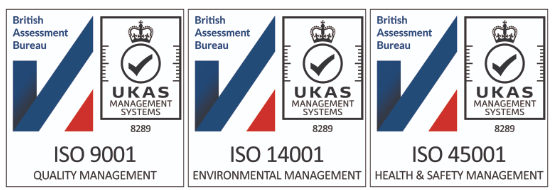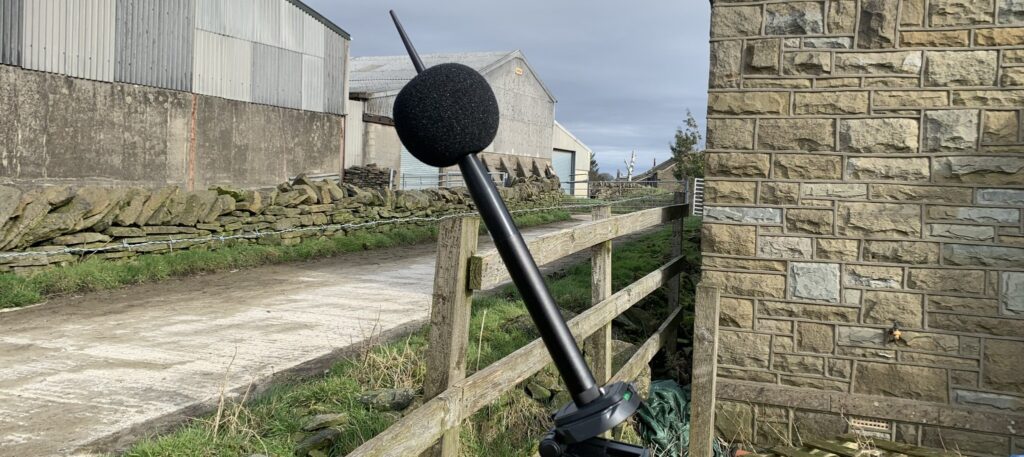Planning and Noise Surveys and Assessments
Services we offer
Our consultants provide bespoke ‘noise impact assessments’, tailored to meet local authority requirements
Noise Assessments
Noise Surveys
Noise Monitoring
Noise Impact Assessments
Planning and Noise
Environmental, Industrial & Commercial Noise
Noise and Vibration Surveys for Planning
Noise and Vibration Impact Assessments
BS4142 Industrial & Commercial Noise Surveys and Assessments
BS8233 Acoustic Surveys and Assessments for Buildings
ProPG Stage 1 Residential Planning & Noise Survey and Initial Site Noise Risk Assessment
ProPG Stage 2 Residential Planning and Noise – Acoustic Design Statement (ADS) & Assessment
Acoustics, Ventilation and Overheating (AVO) Design Assessment for Noise

Noise is a part of our daily lives. Whether in the built environment or during the planning stages of new developments, the impact of noise can be detrimental if not manged appropriately. Understanding and managing noise is crucial. It’s not just about comfort, but also about health, safety, and compliance with regulations and planning guidance & conditions. This is where noise assessments comes in. It’s a process that helps us understand the expected levels of noise, its sources, and its potential impact on the environment and existing premises.Our team of competent and experienced consultants, who are members of the Institute of Acoustics, are well-equipped to address noise-related issues at the planning stage through conducting noise surveys, computer modelling and assessments.
Using our expertise, we can accurately measure noise and assess the sound pressure levels (SPLs) in various environments. We can then help develop effective noise control strategies by identifying the significant sources of noise and the transmission paths to sensitive receptors.
As an ISO certified organisation, Aval Consulting Group Ltd is committed to providing reliable and accurate noise assessment services.
Understanding Noise Assessment
Noise assessment is a systematic process. It involves measuring and analysing noise levels in specific environments. This could be within the built environment, a residential area, or a proposed development site.
The goal is to identify any significant noise sources, measure their intensity, and evaluate their impact through noise modelling and analysis.
But why are noise assessments important? Here are a few reasons:
- Helps to identify any excessive noise levels that could lead to adverse health impacts or disturbance.
- Assists in obtaining planning consent by ensuring proposed developments won’t cause unacceptable noise impacts.
- It contributes to a better quality of life by preventing and mitigating noise pollution, particularly in residential areas.
In essence, noise assessments are a critical tool for managing noise risks. It’s a process that requires expertise, precision, and a thorough understanding of noise control measures and regulations.
Planning and Noise in Sensitive Areas
Noise-sensitive areas are locations where excessive noise can have a significant impact. These include residential areas, schools, hospitals, and wildlife habitats. In these areas, noise control is crucial to maintain quality of life and protect the environment.
A planning application for a new development will usually requires a ‘Noise Impact Assessment’ to be undertaken. This is to ensure that the proposed development will not adversely affect the surrounding noise-sensitive areas.
Local planning authorities use the findings of these ‘Noise Impact Assessment’ reports to make informed decisions on whether to grant or refuse consent . In granting planning permission, authorities can impose conditions on the development to mitigate any potential noise impacts. These might include restrictions on operating hours or the implementation of noise control measures.
In conclusion, noise assessments play a vital role in the planning process. They help to protect noise-sensitive areas and ensure that new developments are sustainable and considerate of their neighbourhood.

Legal and Standards Framework: BS4142, BS8233, BS5228, and More
The legal and standards framework for noise assessment is extensive and varied. It includes a range of regulations, guidelines, and standards designed to manage and control noise in different settings.
Key among these are BS4142, BS8233 and BS5228. BS8233 provides guidance on sound insulation and noise reduction for buildings, while BS5228 offers a code of practice for noise and vibration control on construction and open sites.
- BS4142: Method for rating and assessing industrial and commercial sound
- BS8233: Guidance on sound insulation and noise reduction for buildings
- BS5228: Code of practice for noise and vibration control on construction sites
Understanding and complying with these standards is crucial for any organisation or individual. This is to make sure that loud activities or the introduction of noise-sensitive receptors in a noisy area are managed properly.
Efficient and Reliable
Full UK Coverage
Quick Quote
Email your requirements to
contact@aval-group.co.uk
Call us now to discuss
0333 006 2524
Get Your Free Quote
If you have a specific deadline, we will ensure that we meet your project timeline and all requirements.
